You may be a frequent outdoor visitor, which is okay, but what if you look at the following ten outdoor survival tips that will be your outdoor stay to be notable? Check out if you got the essential skills necessary to keep you safe during your outdoors.
The ten survival tips are best for all campers.
1. Understand your attitude
You won't miss difficult situations when you are on your outdoor trip. It is not the time to panic about anything, but rather to focus on what defines you. You focus on a positive attitude that will keep you proactive through the process.
You need to check things such as a plan, an inventory of the resources you have, and identifying the critical tasks you need for survival. The survival needs for campers are water, shelter, and warmth.
Even when you are in a situation, you should develop an attitude that you are a survivor and what you feel is not always a reality. Don't allow the hopeless thoughts to hurt your progress. Instead, stay focused on the things that you intend to accomplish in your camping mission.
2. It would be best if you had an insulated shelter

To be safe from hypothermia and other elements, it may be worth building an insulated shelter. Build a shelter just big enough to fit your body when lying down since your body heat will be your primary source of warmth. It would be best to create the framework using available resources, such as a fallen tree or a sturdy branch securely against a standing tree, to build a simple lean-to.
Other things that you can use to make an insulated shelter are sticks. Assemble on one side, stack the sticks close together. Fill in holes with smaller sticks as you go. You can also add installations to cover the sides with bark, leaves, pine needles, moss, or other natural materials – the thicker the material, the better. Finally, insulate the ground with comparable insulation. The thicker, the better.
3. Consider a shade shelter
In some cases, heat protection will be the most critical factor that is why you need a shade shelter. First, you can dig a few inches in the soil can reveal more fantastic ground. Then Make a lean-to shelter out of branches or limbs to protect yourself from the elements. Air circulation is also vital; that is why you should allow air to circulate. The goal of this shelter is to provide shade. Cover one side with any accessible material such as bark, leaves, a poncho, an emergency sleeping bag or blanket, or any other suitable cloth. Keep calm by lying in the cool earth in the shade.
4. Water is necessary

The means of survival is finding pure, uncontaminated water when you are camping. It may be necessary to collect, store, and drink rainwater, meaning that you should have tools for water collection. Snow is another source of water. It takes a lot of work for your body to absorb the water from snow. Rather than consuming the snow, it would be best if you melted it first. It is simple to do over an open fire or on a camp stove. If none of those possibilities are available, take advantage of the sun. Chopped ice can be hung in a water bag in direct sunshine to speed up the process. Use your body's heat if the sun isn't shining.
5. Consider other water sources
The best and safest technique to kill viruses is to boil water for a minute. But of course, you will be dealing with water from streams. If you dig water, it will be another great idea. Certain plants signal the presence of local water sources. Identify vegetation such as cattails, cottonwoods, and willows, then dig a seep hole until moisture is reached. Allow time for water to accumulate in the hole.
You can also get water from Rock outcroppings, and indentations are familiar places for water to collect. Remember to boil any water discovered in puddles or streams.
6. Water from vegetation is also another survival tip
You can also use dew as another source of water. Dew is a substance that gathers on plants and grasses. Soak up the dew with a cloth or piece of clothing, then squeeze it into a container. It can be an extremely efficient way to collect a large amount of water.
You can also fetch water by Tying a plastic bag over a tree's leafy branch, and water will gather over time. It may take time, but it is a sure source of water.
7. It would be best if you had a fire

It would be best if you practiced Alternative fire-starting procedures before they are required. For example, you can use a lighter or waterproof match to start the fire. Keep your matches in a waterproof container to keep them dry. This is the most straightforward step, though, but you can start a fire with a magnesium fire starter for medium practices. First, shave the magnesium filings off the stick, then produce a spark with the back of your knife to ignite the filings.
You can also use advanced methods such as a battery. To light fuel, a battery can be used to create a spark. You can use the battery to Connect your vehicle batteries' positive and negative posts (taken from your vehicle or boat) with wires or steel wool. This will cause the wool to catch fire or spark. Next, align two smaller batteries together, cheerful to negative, with smaller batteries. Connect the posts with strands of steel wool to create a spark and ignite the wool. A 9-volt battery will suffice.
8. Build a fireplace
Gather pine needles, dry leaves, milkweed or thistledown, and dry grass to make a tinder bundle. You can start small for kindling by gathering small, dry sticks. When the fire is on, use larger pieces of wood. Create a nest out of the fuel using a larger piece of wood as a wind block. Make a tip made of tiny kindling to allow oxygen to enter. Place the fuel under the tepee and light it. To spread the flame, take long, steady breaths. As the smaller bits catch, gradually increase the size of the fuel in the fire.
9. Know these knots
All outdoor enthusiasts should be able to tie a variety of knots. So make sure you have these two on hand when it comes to survival.
- Bowline
When you need to attach something to a rope via a loop, this knot comes in handy since the more you pull, the tighter the knot grows. Remember this once you've made a loop: the rabbit emerges from the hole, walks in front of the tree, circles behind the tree, and returns to its original hole.
- Double half hitch:
This knot is used to secure one end of a rope to an object. It is an excellent knot to use when making a shelter. To form a double, tie a half hitch around your items, such as a tree or pole, and then tie another in the same way. To make sure it's secure, pull it tight.
10. Learn to make a spear
You can increase your chances of catching a fish or other small wildlife with a simple spear. Choose a long, straight stick to work with and split the end of the stick to make a fork. Using a wooden wedge or a small stone, separate the fork. Glue it in place. You can use a knife or a sharp pebble to sharpen each fork.
After putting the wedge:
- Add a smaller stick.
- Sharpen it.
- Lash it into place to produce a triple-prong spear.

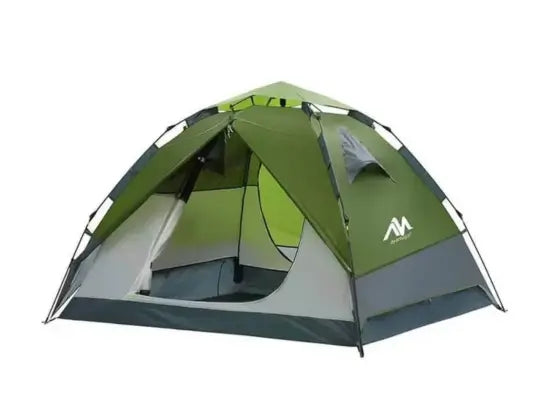
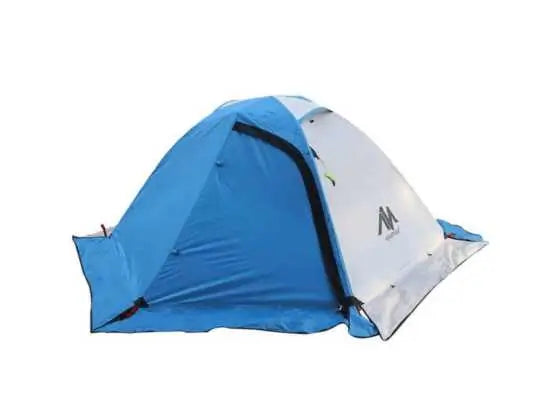
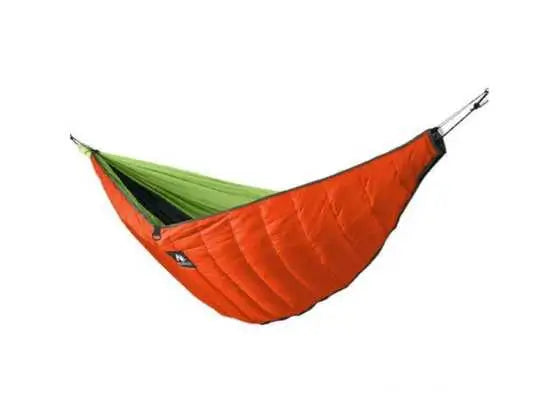

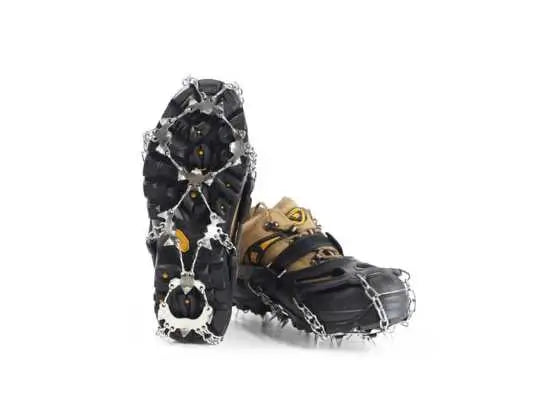
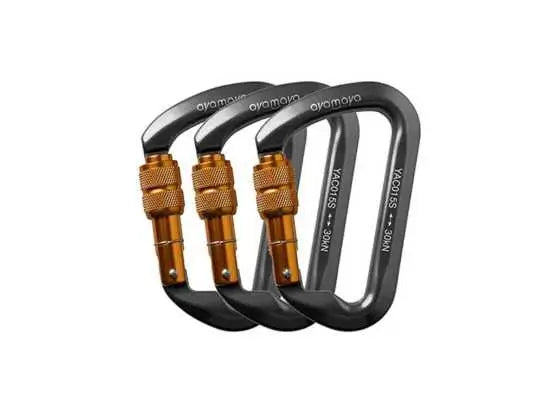
![[2021] 10 outdoor survival tips for campers](http://ayamaya.com/cdn/shop/articles/car-camping-tarp-and-fire-outdoor-survival-tips-mainblogimg.webp?v=1714690462&width=1500)

